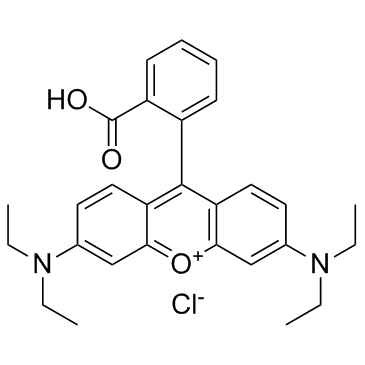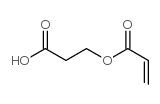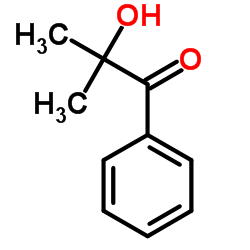| 结构式 | 名称/CAS号 | 全部文献 |
|---|---|---|
 |
罗丹明 B
CAS:81-88-9 |
|
 |
环己烷
CAS:110-82-7 |
|
 |
β-(丙烯酰氧)丙酸
CAS:24615-84-7 |
|
 |
2-羟基-2-甲基苯丙酮
CAS:7473-98-5 |